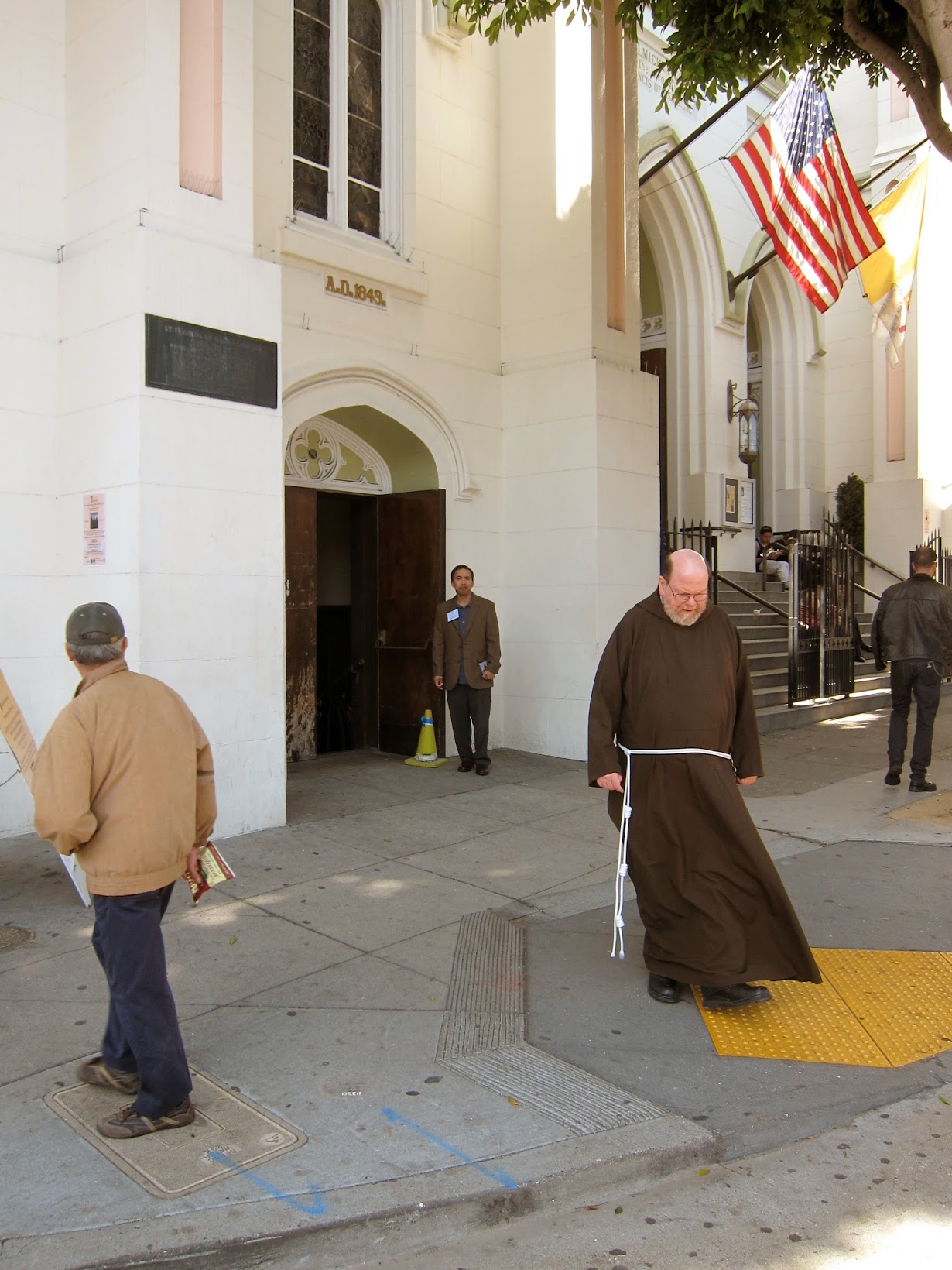At last, the hanging wall shelf is full!
Photo: Chronica Domus
Last October, I wrote about my Morandi-inspired hanging wall shelf. After arranging a small collection of earthenware vessels upon it, I was delighted to discover that sufficient room remained for additional bits and bobs to be added over time.
The hanging wall shelf as it looked last October
Photo: Chronica Domus
As you may have guessed, I'm a bit of a gatherer type. I was certain it would not be long until an interesting and attractive object presented itself, begging to be added to the hanging shelf.
My opportunity came last December during a visit to London's Portobello Road Market, which I wrote about, here. Rummaging through the crates and boxes of Mr. Peter Adams' stall, my husband and I selected several of the diminutive treacle and toffee colored ink pots and salt glazed polish vessels to take home with us.
Spoilt for choice!
Photo: Chronica Domus
We also snapped these up:
Photo: Chronica Domus
What, you might be asking yourself is Virol? Well, we too were wondering the same thing. It turns out that Virol was a perplexing concoction of bone marrow, among other ingredients, conceived during the early twentieth century. It was marketed to British mothers of young children and carers of the elderly and infirm. I suppose one could describe Virol as a type of super food of its day.
An early metal sign depicting an earthenware jar of Virol
Virol promised everything from "perfectly moulded features, clear bright eyes, firm flesh with good healthy colour, and well-formed limbs ... a Virol constitution". Sign me up please! Or, maybe not. I have a sneaking suspicion that Virol may have fallen flat on its face in its attempts at exciting the gastronomic juices of this gentle author.
Our Virol bottles look perfectly at home alongside their earthenware companions, would you not agree?
Photo: Chronica Domus
The taller of the two measures a mere three and a half inches, and the smaller bottle is a fraction shorter.
Now that I've filled up my hanging wall shelf, I'm afraid I haven't a clue where to put this charming little fellow, which I could not pass up when doing my rounds of The Alameda Antiques Faire earlier this month.
A 19th century ink pot complete with the potter's fingerprint embedded in the glaze for posterity
Photo: Chronica Domus
No matter, for I am sure it won't be too long until I find an appropriate resting place for it. Do I see another hanging wall shelf in my future? Perhaps so.




























